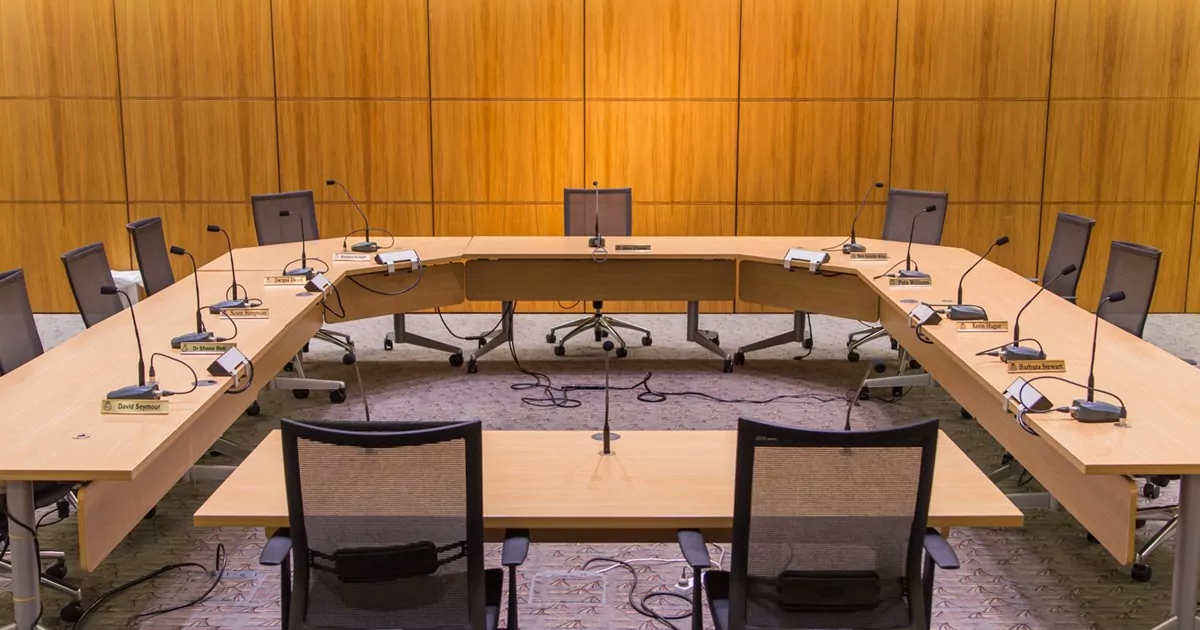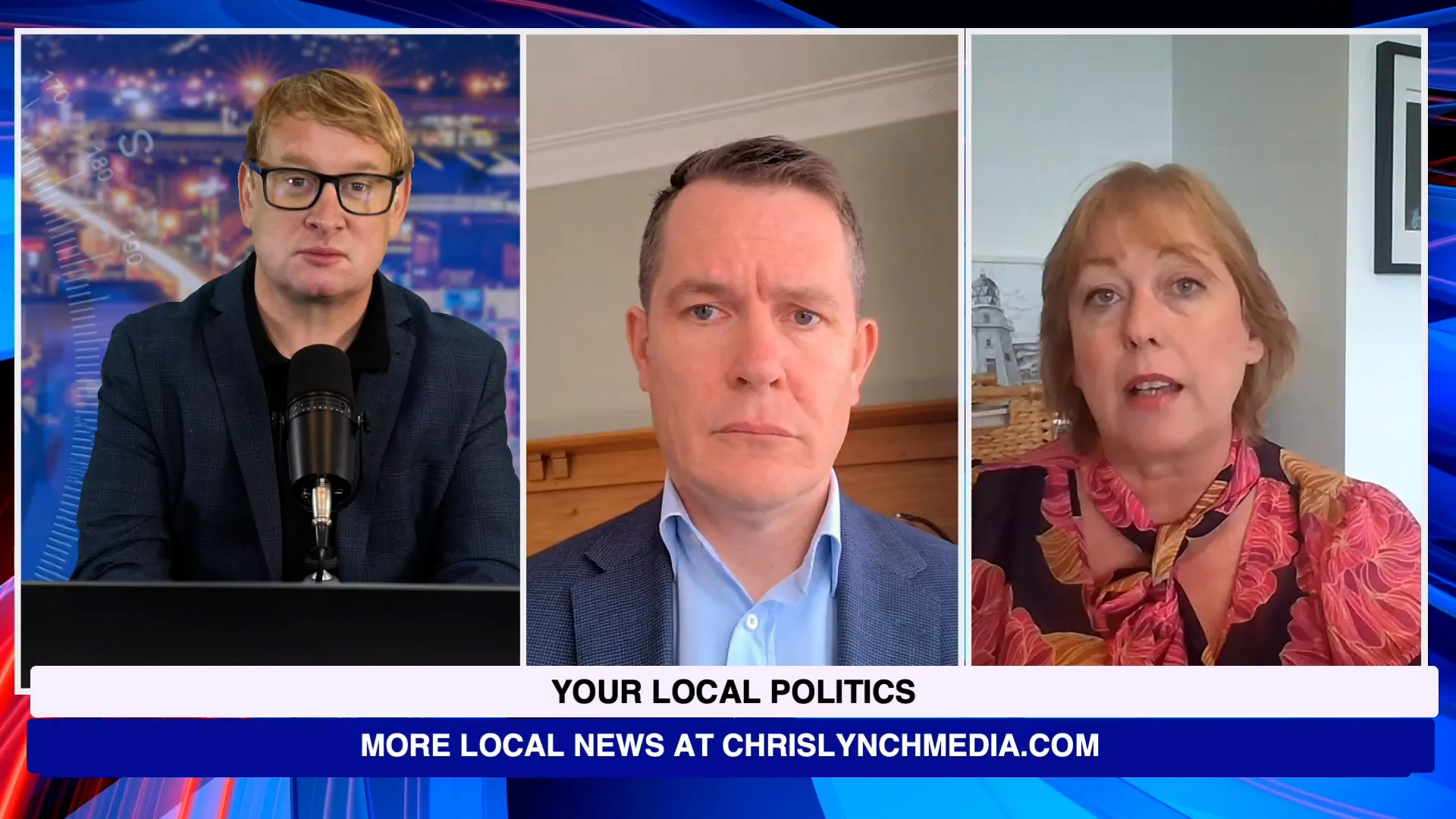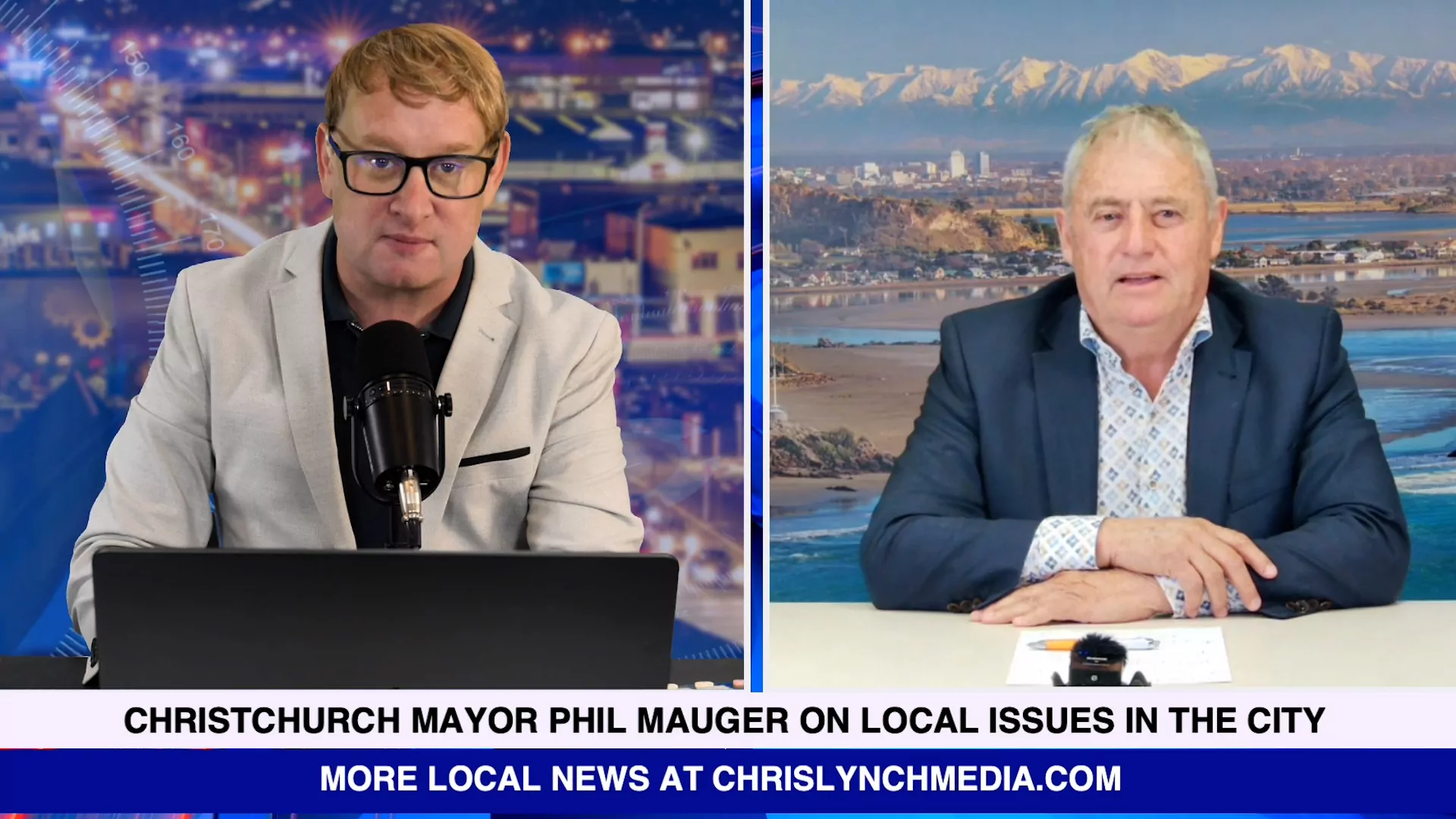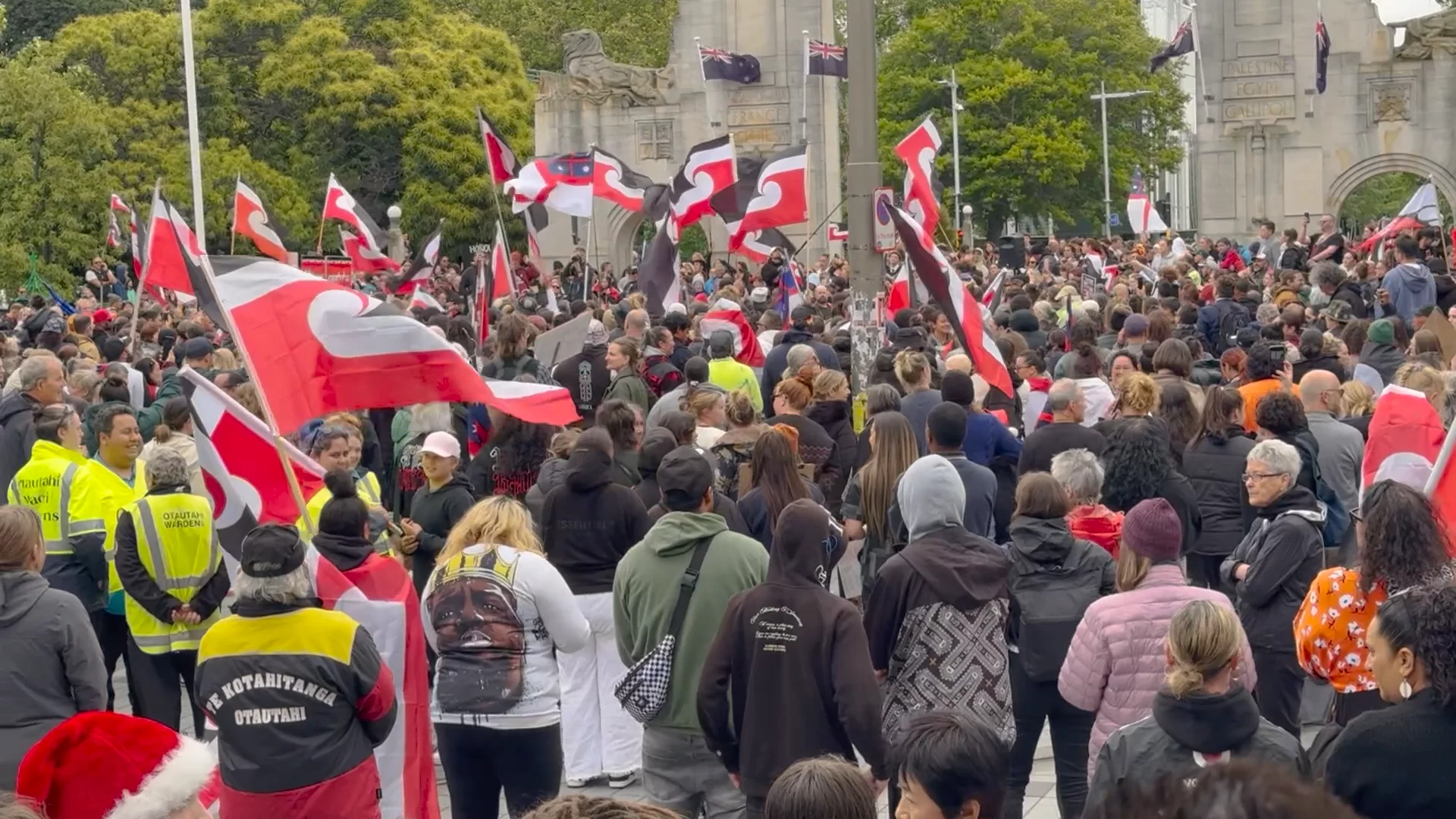Statistics New Zealand has reported a 0.6 percent decrease in the country’s gross domestic product (GDP) in the December 2022 quarter, compared to a 1.7 percent increase in the September 2022 quarter.
National’s Finance spokesperson Nicola Willis noted that “the result is worse than many had anticipated, with the Reserve Bank having forecast 0.7 per cent growth for the period.”
She also highlighted that “a stalling economy is yet more bad news for New Zealanders already battling sky-high inflation and rapidly rising interest rates.”
Act Party Leader David Seymour expressed similar concerns, stating that “New Zealanders don’t need Stats NZ to tell them what they’re already feeling on the ground.
Wages are falling behind inflation. Mortgage payments are up. The cost of just about everything is through the roof. All because Labour has sucked up too many resources and produced too little with them.”
Seymour criticised the government’s spending, which has increased from 27 percent of GDP to 35 percent of GDP since Labour took over.
He called for the government to do the same as households and tighten their belts in the face of mortgage and rent increases.
Tourism sector’s part in helping New Zealand’s recovery
Tourism Industry Aotearoa Chief Executive Rebecca Ingram saw real scope for tourism to play an essential role in moving towards positive territory.
She stated that “pre-COVID tourism directly contributed 5.6% of GDP, and this fell to 3.0% through the COVID period as the industry focused on domestic tourism alone.
Now, with international visitors starting to return, she believes that “we are in a great position to recover the 2.6% of GDP that was lost in the COVID period. If we do this, the future national GDP position will be stronger.”
Ingram urged the government to remove the roadblocks to the recovery of the tourism industry by addressing the key constraint of the flow of skilled and valuable workers from overseas.
“While it is great to see international tourism recovering, the tourism industry could be making a greater contribution if pressure on workforce recovery was relieved.
Anecdotally, we all hear about businesses that are curtailing their offerings as they simply don’t have enough staff.
A key first step is to remove the friction we see in the flow of skilled and valuable workers from overseas and, while this is happening to some degree, TIA wants to see this key constraint addressed so we can quickly realize gains for New Zealand as a whole.”
Lack of workers not helping New Zealand
ANZ economists said in the final three months of each year, the New Zealand economy tends to expand sharply in unadjusted terms (ie before seasonal adjustment) as tourist arrivals pick up, more kiwis get out and about as the weather improves, Christmas holiday spending gives retail a bump, and longer sunshine hours make it easier to get outside work done.
But in a labour market this tight, it’s been hard to get the staff to meet this seasonal demand. That’s dragged on growth, alongside moderating demand.”
The bank said “slowing demand in some sectors (particularly for those industries related to housing) is real, but capacity constraints in other industries persist and are also hampering growth (eg firms reducing opening hours because they can’t get staff).









